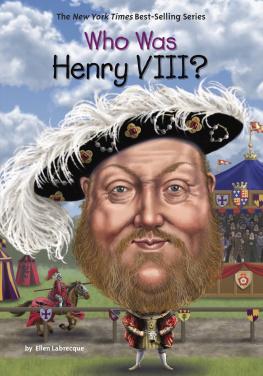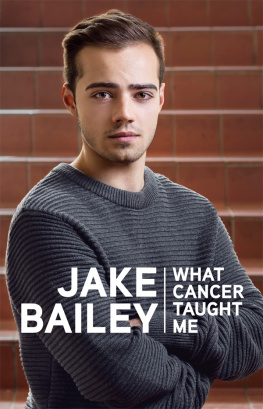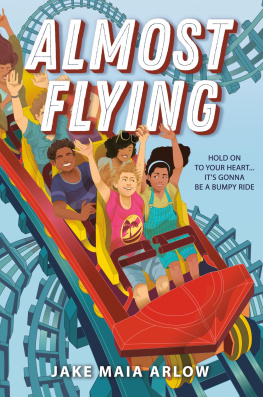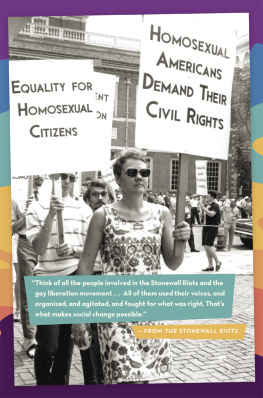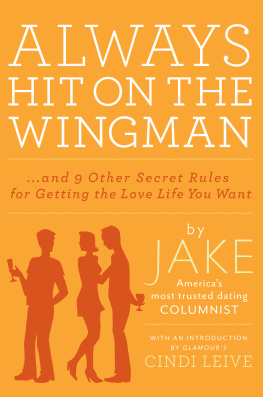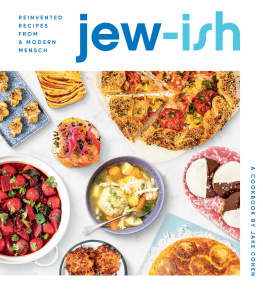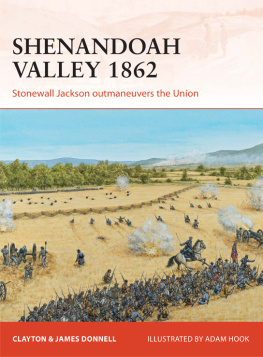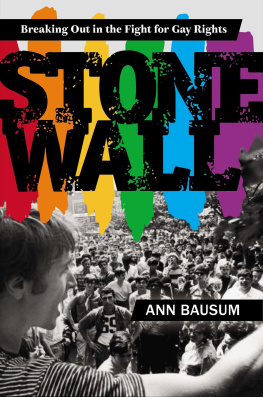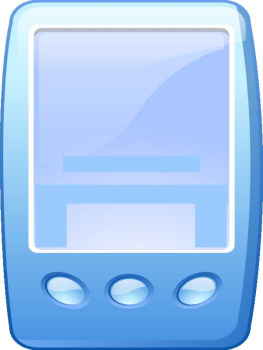Jake Murray - What Was Stonewall?
Here you can read online Jake Murray - What Was Stonewall? full text of the book (entire story) in english for free. Download pdf and epub, get meaning, cover and reviews about this ebook. year: 2019, publisher: Penguin Young Readers Group, genre: History. Description of the work, (preface) as well as reviews are available. Best literature library LitArk.com created for fans of good reading and offers a wide selection of genres:
Romance novel
Science fiction
Adventure
Detective
Science
History
Home and family
Prose
Art
Politics
Computer
Non-fiction
Religion
Business
Children
Humor
Choose a favorite category and find really read worthwhile books. Enjoy immersion in the world of imagination, feel the emotions of the characters or learn something new for yourself, make an fascinating discovery.
- Book:What Was Stonewall?
- Author:
- Publisher:Penguin Young Readers Group
- Genre:
- Year:2019
- Rating:5 / 5
- Favourites:Add to favourites
- Your mark:
- 100
- 1
- 2
- 3
- 4
- 5
What Was Stonewall?: summary, description and annotation
We offer to read an annotation, description, summary or preface (depends on what the author of the book "What Was Stonewall?" wrote himself). If you haven't found the necessary information about the book — write in the comments, we will try to find it.
What Was Stonewall? — read online for free the complete book (whole text) full work
Below is the text of the book, divided by pages. System saving the place of the last page read, allows you to conveniently read the book "What Was Stonewall?" online for free, without having to search again every time where you left off. Put a bookmark, and you can go to the page where you finished reading at any time.
Font size:
Interval:
Bookmark:
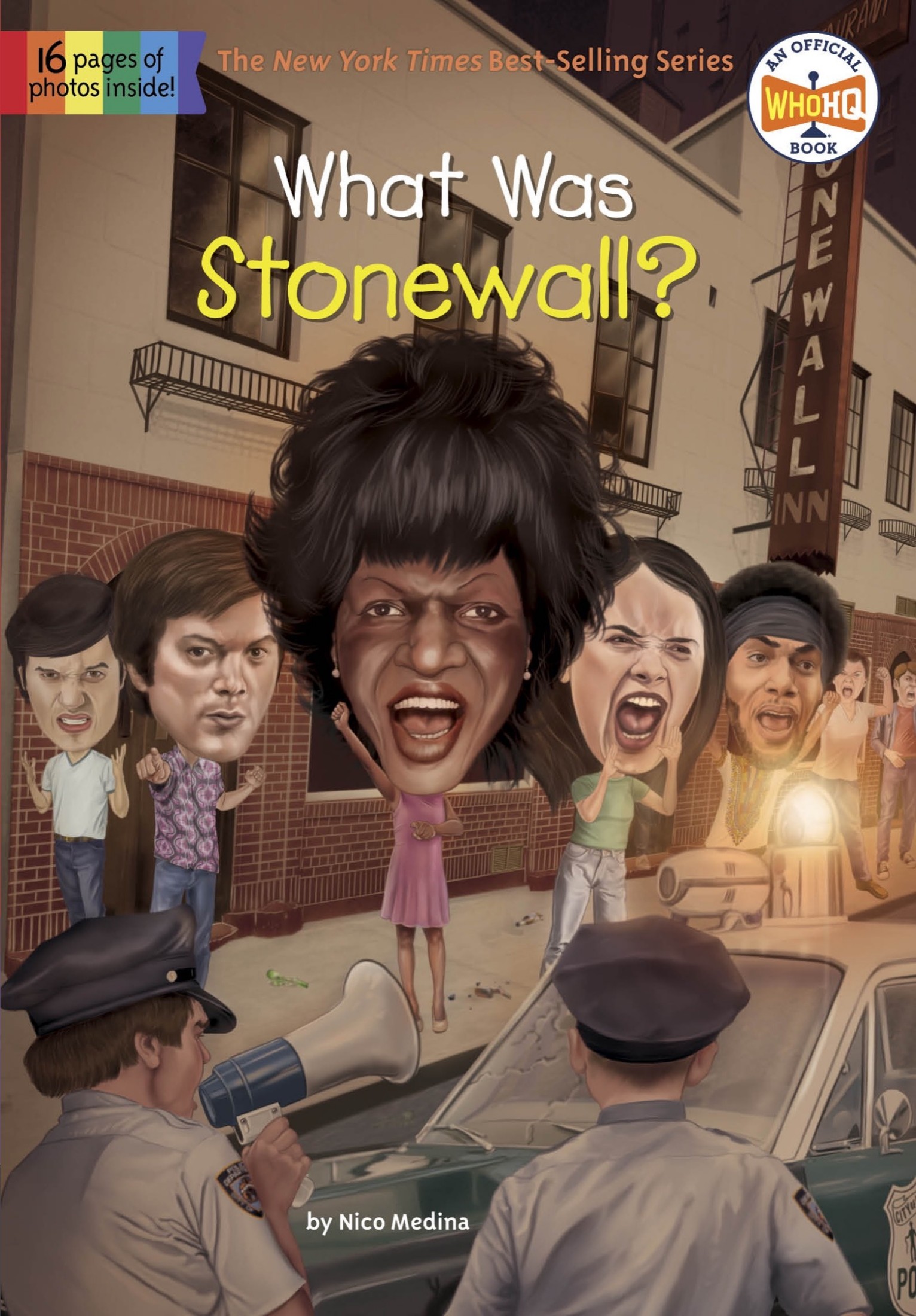
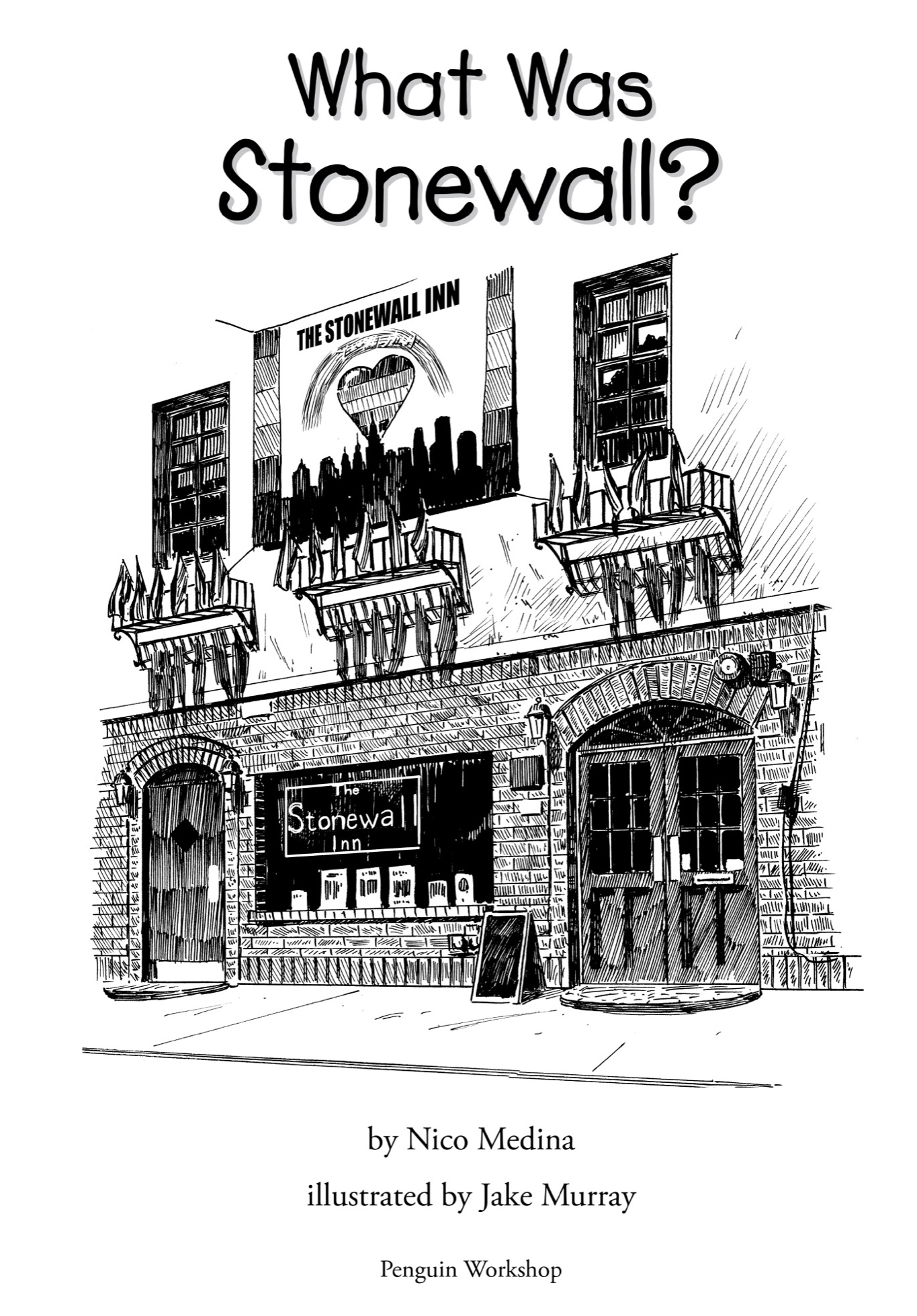
For Billyand for the tribewith gratitude to those who paved the wayNM
For Andrew, John, and DaniJM
PENGUIN WORKSHOP
An Imprint of Penguin Random House LLC, New York

If you purchased this book without a cover, you should be aware that this book is stolen property. It was reported as unsold and destroyed to the publisher, and neither the author nor the publisher has received any payment for this stripped book.
Penguin supports copyright. Copyright fuels creativity, encourages diverse voices, promotes free speech, and creates a vibrant culture. Thank you for buying an authorized edition of this book and for complying with copyright laws by not reproducing, scanning, or distributing any part of it in any form without permission. You are supporting writers and allowing Penguin to continue to publish books for every reader.
The publisher does not have any control over and does not assume any responsibility for author or third-party websites or their content.
Copyright 2019 by Penguin Random House LLC. All rights reserved. Published by Penguin Workshop, an imprint of Penguin Random House LLC, New York. PENGUIN and PENGUIN WORKSHOP are trademarks of Penguin Books Ltd. WHO HQ & Design is a registered trademark of Penguin Random House LLC.
Visit us online at www.penguinrandomhouse.com.
Library of Congress Cataloging-in-Publication Data is available upon request.
ISBN 9781524786007 (paperback)
ISBN 9781524786021 (library binding)
ISBN 9781524786014 (ebook)
Version_1
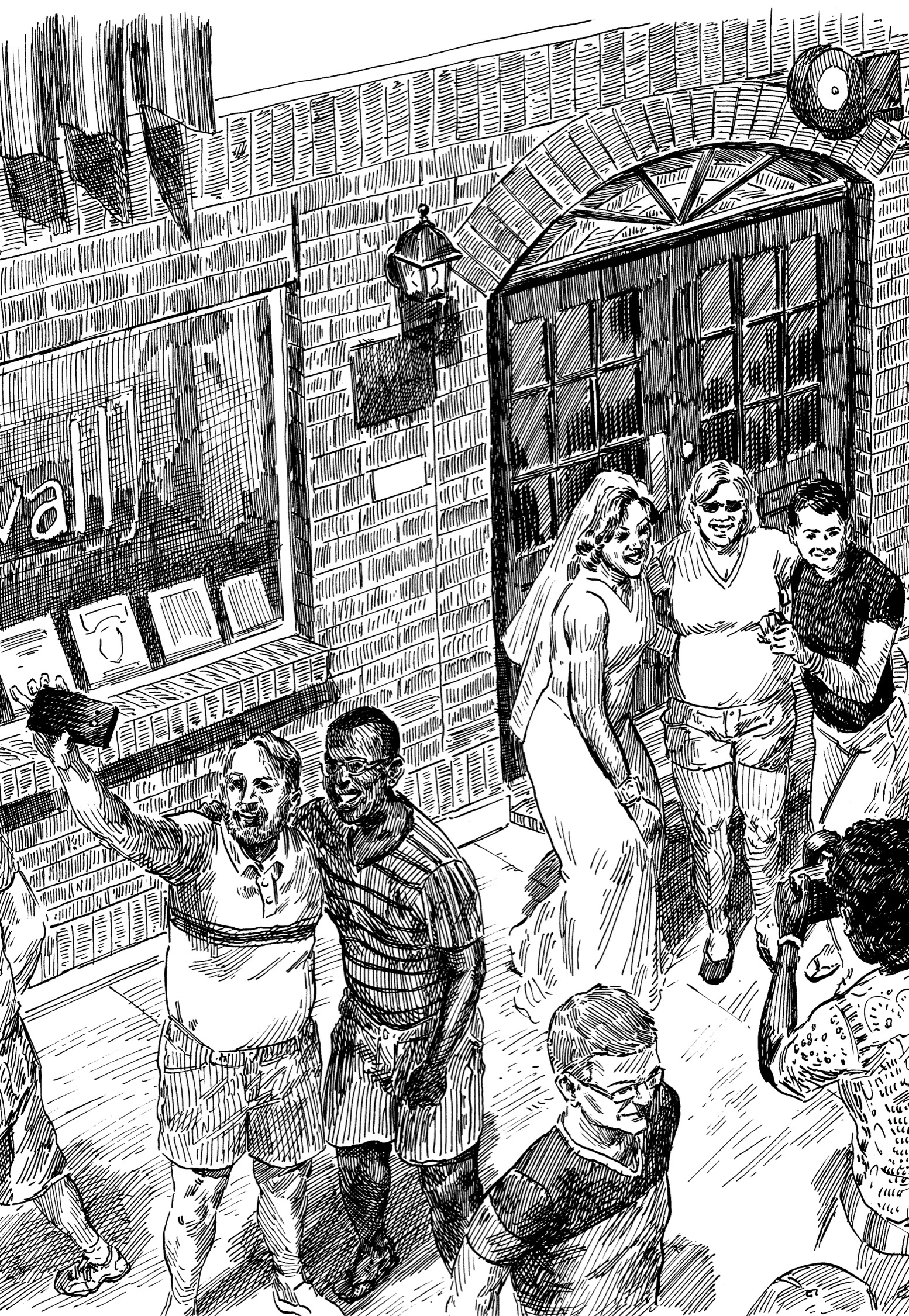
It was a Friday, and folks at the Stonewall Inn were celebrating. The world-famous gay bar was packed. People hugged and cheered inside the bar and outside on Christopher Street.
Everyone had come to celebrate a ruling from the Supreme Court, the highest court in the United States. Now it was legal, in all fifty states, for same-sex couples to marry. They ask for equal dignity in the eyes of the law, wrote Justice Anthony Kennedy. The Constitution grants them that right.
Marriage is important not only for emotional reasons but for practical reasons as well. Married people can own property together, and they pay lower taxes. They can also be covered under the same health insurance plan and can visit each other in the hospital. These are just some of the many legal benefits of being married.
Up until 2004, men could only marry women in the United States, and vice versa. But beginning that year, states started to recognize every Americans right to marry whomever they chose.
By June 2015, same-sex marriage was legal in thirty-seven states, plus the District of Columbia. The Supreme Courts decision now gave the right to marry to all Americans.
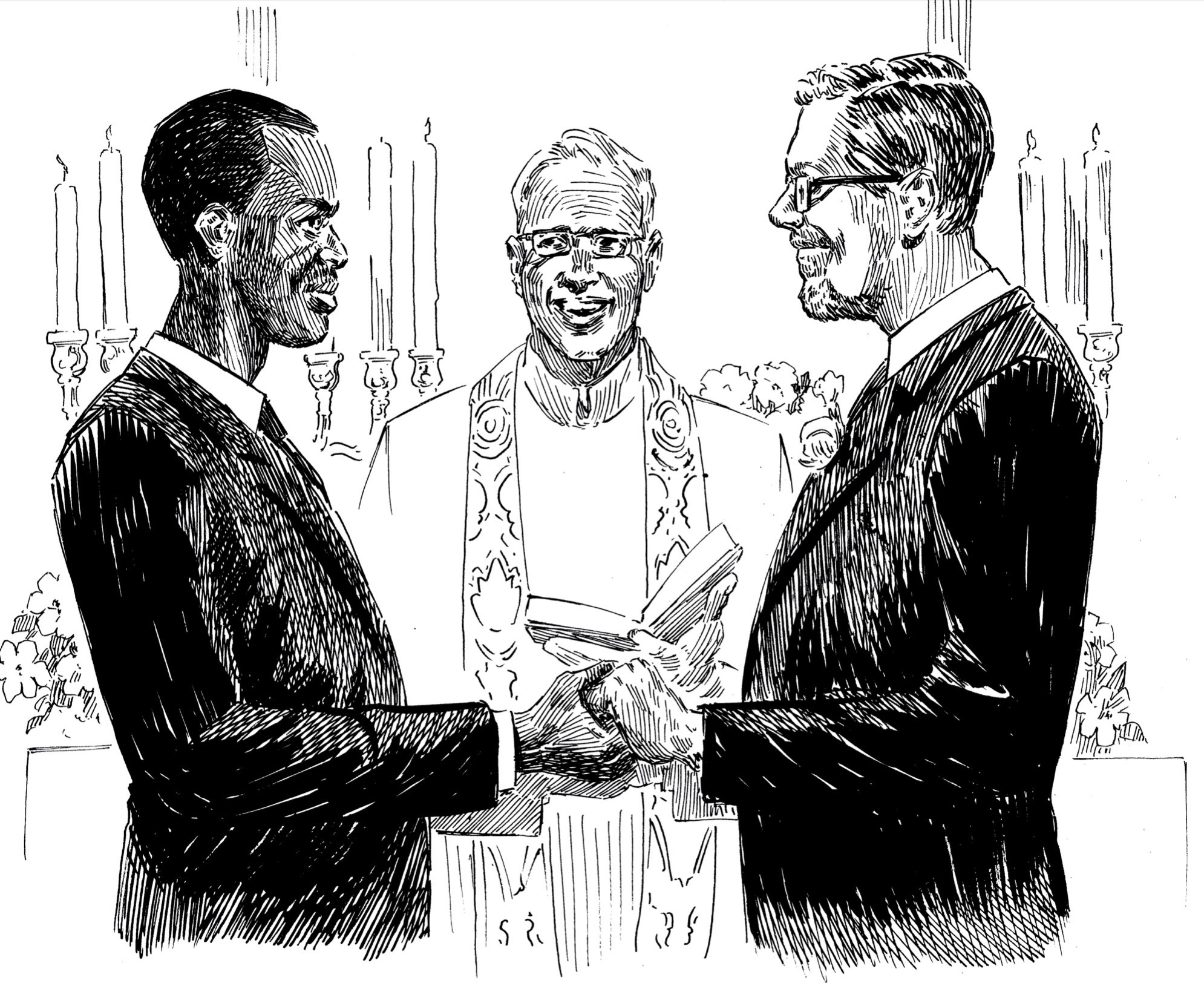
Many LGBTQ+ people had been waiting for this moment for a long time.
To see the Stonewall Inn, one might wonder what makes it so special. From the outside, it is not a particularly pretty establishment. Inside, the ceilings are low and the bar is dark. Why did so many New Yorkers celebrate there?
Because almost fifty years earlier, something happened at Stonewall. Something that would change the course of history for LGBTQ+ Americans.
On June 28, 1969, police raided the Stonewall Inn and began arresting people. This had happened many times before, at Stonewall and at other gay-friendly bars in the city. But on that hot summer night, to the cops surprise, the people at Stonewall fought back.
And they fought back hard.
Love and identitywhat makes someone who they aretake many forms:
Lesbian: a woman whose physical, romantic, emotional attraction is to other women. The word lesbian comes from the Greek island of Lesbos, where the poet Sappho lived and wrote about the beauty of women.
Gay: people whose physical, romantic, emotional attractions are to people of the same sex. Gay people (both gay men and lesbians) have also been referred to as homosexual, but that term is considered aggressive and offensive today. (Straight people, who are attracted to the opposite sex, are also known as heterosexual.)
Bisexual: someone who forms physical, romantic, emotional attractions to more than one gender.
Transgender: people whose gender (how they feel on the inside, and how they express themselves) is different from the sex (male or female) they had or were assigned when they were born. Some trans people decide to undergo surgery or other medical treatment so their outward appearance matches their true self.
Queer: once considered an offensive term, some people have reclaimed it to refer to any identity that is not strictly heterosexual. Some queer people prefer to be called they instead of he or she.
Then there are some people (+/Plus) who dont feel that any of these categories fully describe them.
In 2016, an estimated ten million Americansabout 4 percent of the populationidentified as LGBTQ+.

The struggle for equal rights for LGBTQ+ people did not begin at Stonewall. But the events there pushed the movement forward. Half a century later, Stonewall continues to inspire people to demand equality.

Stonewall Inn, present day
Stonewall is located in New York Citys Greenwich Village neighborhood (say: GREN-itch). Commonly called the Village, its winding streets and small parks set it apart from the rectangular street grid in the rest of the city.
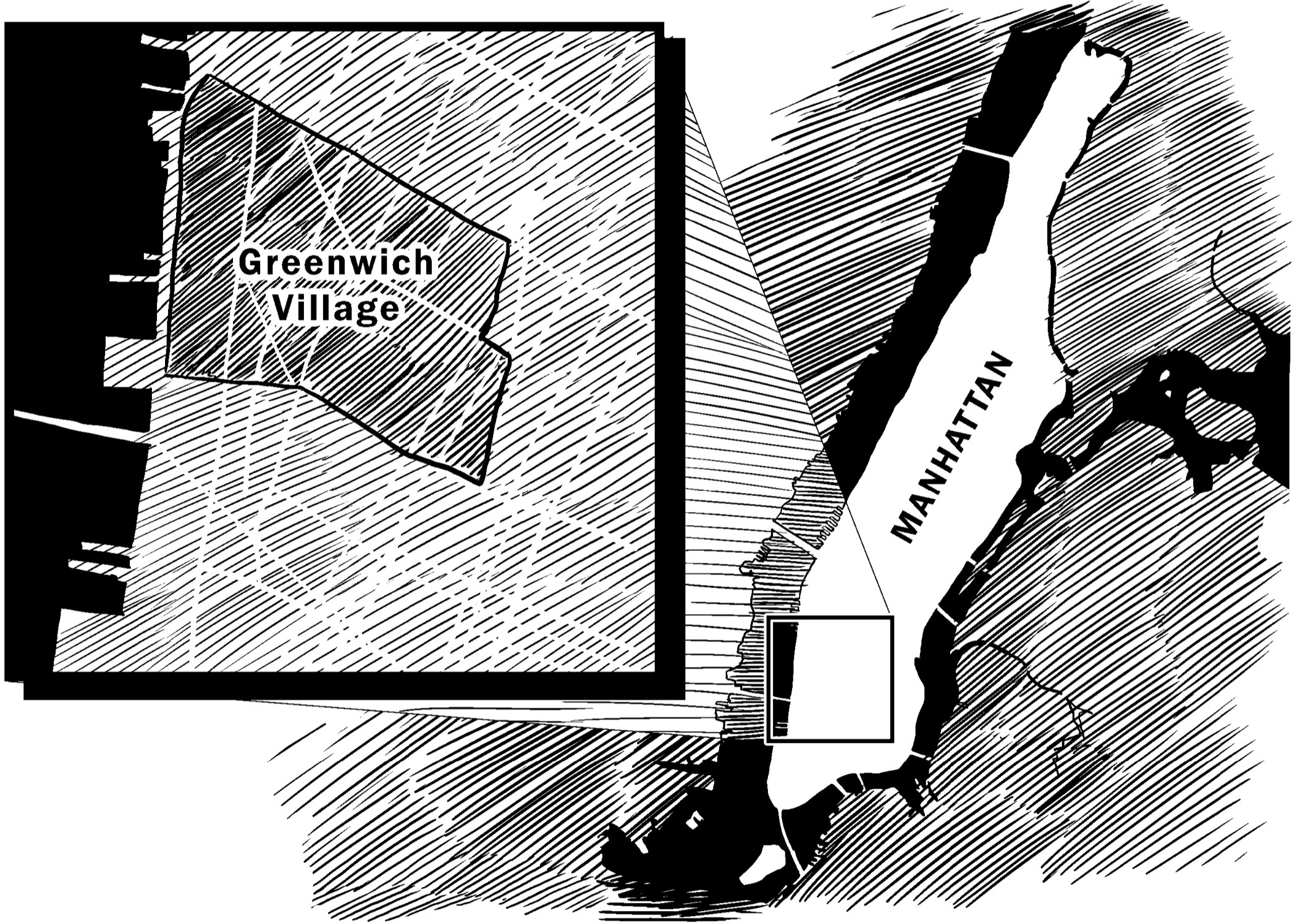
Manhattan and Greenwich Village

Walt Whitman
The Village has been a popular place for gay people to gather since the 1800s. Pfaffs was an underground saloon where gay men met, including the famous poet Walt Whitman.
In the early 1900s, the Village was the center of New Yorks bohemian culture. (To be bohemian means to be unusual and accepting of those who are different.) Poets, musicians, and other artistic types from around the cityand the countryflocked to the area.
Some of these newcomers were queer. These people found more acceptance here than they did elsewhere. Still, many couldnt live an open life. Outside the Villageand even within itthey faced disapproval and discrimination.
Font size:
Interval:
Bookmark:
Similar books «What Was Stonewall?»
Look at similar books to What Was Stonewall?. We have selected literature similar in name and meaning in the hope of providing readers with more options to find new, interesting, not yet read works.
Discussion, reviews of the book What Was Stonewall? and just readers' own opinions. Leave your comments, write what you think about the work, its meaning or the main characters. Specify what exactly you liked and what you didn't like, and why you think so.


